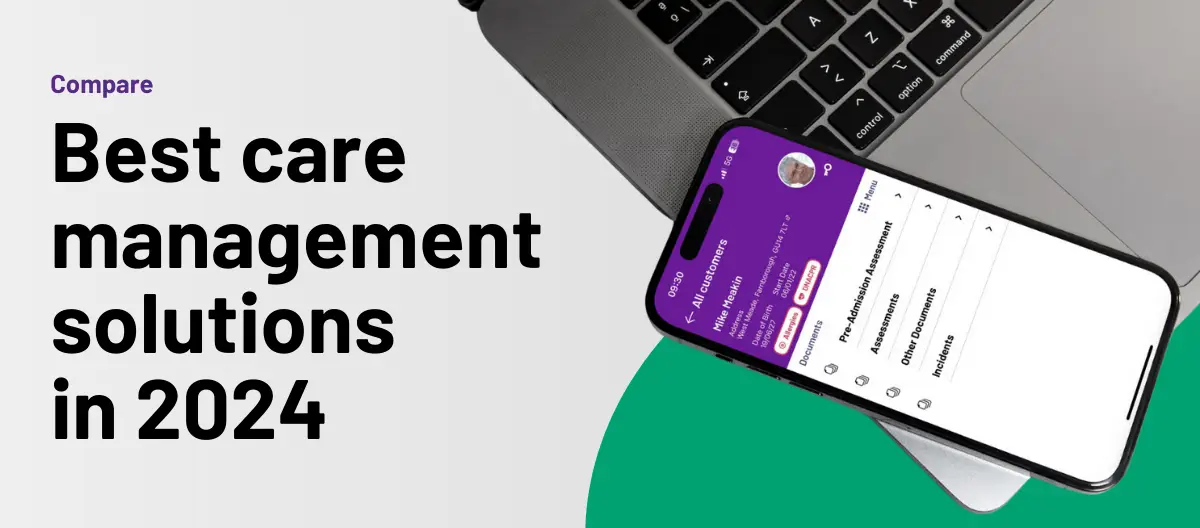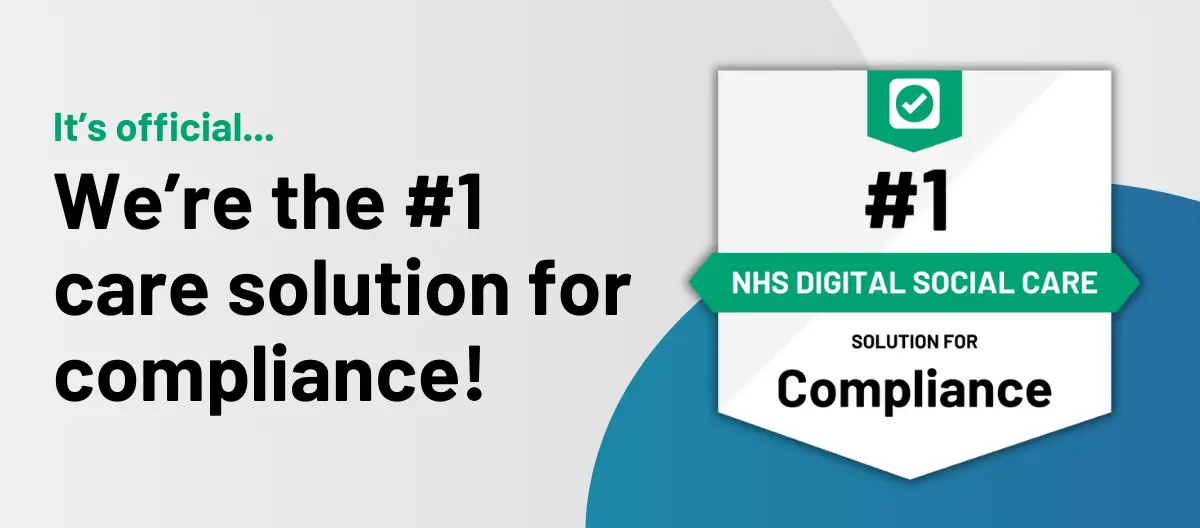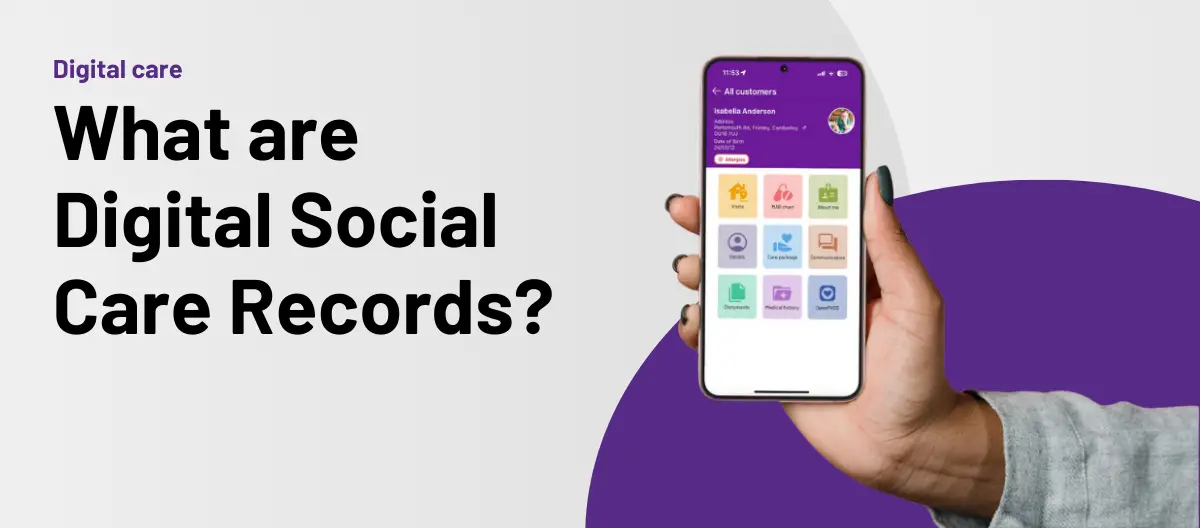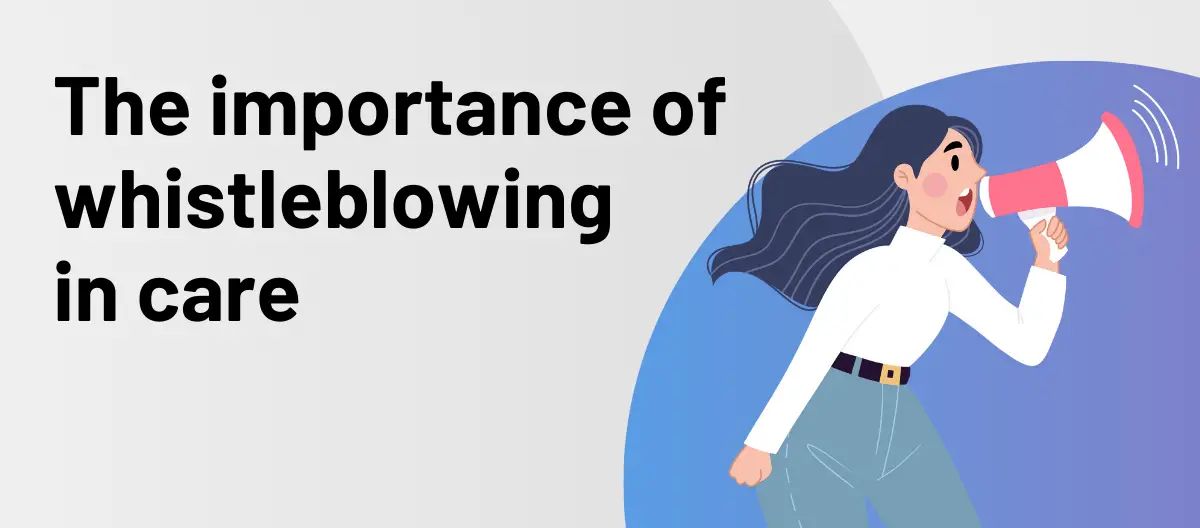In its latest State of Care report, the CQC highlights the fragmented nature of health and social care integration across the country.
Chief executive, Ian Trenholm, describes how people’s experience of care is determined by what part of the country they live in. In what he labels as not so much a postcode lottery, as an integration lottery, Mr Trenholm goes on to stress the need for changes to funding to allow health and social care services to pool resources and invest in technology. Technology, moreover, is identified as a key enabler of health and social care integration.
The report highlights examples of best practice where technology has been harnessed to provide a joined-up health and social care service. These include an initiative led by the North of England Commissioning Support Unit, which uses a web-based portal to allow clinical and nursing staff to see real-time care home bed availability locally. The innovation has helped reduce delayed transfers of care while also freeing up hospital beds and easing pressure on A&E.
All in all, the wide-ranging report mentions technology 27 times as it extols its contribution not just to integration but also to enabling person centred care and improving equality through helping disabled people express their needs.
The potential for technology to better link health and social care and improve patient experience is, indeed, enormous. Digital care planning systems can support continuity of care by sharing patient records between NHS Trusts, care homes, GPs and district nurses. They offer instant, real-time access to the patient’s condition, health and care needs and treatment records, in order to ease their transition between services.
Sharing digital records ensures smoother, less stressful and quicker transfers of care by removing the need for patients to repeat their stories to professionals who know nothing about them. They also reduce the possibility of errors by providing accurate information that’s easy to access.
While the potential benefits of technology are obvious, barriers remain to its full implementation in the form of cultural boundaries between health and social care organisations, as well as within the NHS.
The advance of technology can make it difficult for anyone to keep up and the CQC is no different. Despite their continued efforts, care homes are still being asked to provide paper care plans during CQC inspections.
Recently appointed Health and Social Care Minister, Matt Hancock, has called for a digital revolution in health and social care, issuing the rallying cry: “Technology used right is a catalyst for greater connectivity and empowerment.”
“Not only can the right use of technology save time and money, it can improve patient safety.”
While professing themselves keen advocates of a technological revolution in health and social care integration, local and central government, the NHS and the CQC alike, must walk the walk as well as talk the talk to see it comes about.
By Andrew Mason




